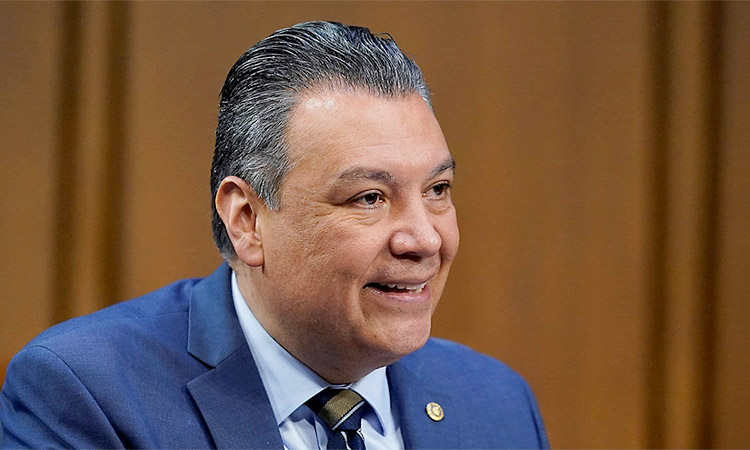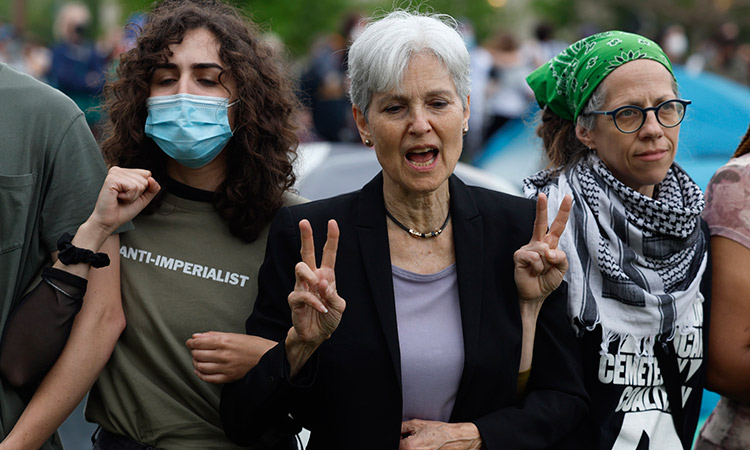A big Medicaid catastrophe is looming

Representational image.
Claudia Sahm, Tribune News Service
Last week saw a win and a loss for health care. North Carolina became the 40th state to expand Medicaid under the Affordable Care Act. That’s a big victory for the estimated 600,000 low-income adults in North Carolina who will now be eligible for government insurance and join the millions of eligible adults in other Medicaid expansion states.
As for the defeat, a federal programme expired that had kept Americans on Medicaid during the pandemic, regardless of changes in their circumstances that would have normally made them lose their insurance. The practice, referred to as continuous enrollment, was a key driver of the two percentage point decline in the fraction of people without health insurance since the pandemic began.
Now continuous enrollment is gone, and according to the Department of Health & Human Services some 15 million out of the 87 million adults on the programme will likely lose their Medicaid insurance in the coming months, reversing some of the recent progress on reducing the uninsured rate. Not only that, but almost 7 million of them will lose Medicaid coverage even though are likely to still be eligible simply because of administrative problems, which are common in the programme and are often due to difficulties contacting beneficiaries.
For more than a decade, studies have found benefits from the expansion of Medicaid, including more use of health-care services, better mental health and more stable finances. Kenneth Brevoort, an economist at the Federal Reserve Board, and his coauthors estimated that in the first few years, Medicaid expansion reduced unpaid medical bills sent to collection by $3.4 billion, prevented new delinquencies and raised credit scores. In addition to the care, Medicaid helps people avoid the spiral of financial costs that an illness can cause without insurance.
But getting health insurance is only the first step. What people need is continuous health insurance, not necessarily continuous enrollment in Medicaid.
Many people on Medicaid don’t get either of those. The average time on Medicaid was 8.6 months for non-disabled adults under age 65 before the pandemic, and two-thirds of those who left did not have health insurance throughout the following year. Such gaps in health insurance underscore why the open-ended continuous enrollment programme during the pandemic was key to reducing the uninsured rate and providing continuous health insurance. But that’s not a long-term solution due to programme costs and Medicaid’s mission to serve the poor. Even so, a solution is necessary since, without continuous health insurance, many who leave Medicaid will be unable to continue their healthcare due to cost.
The administration of Medicaid often unintentionally complicates the goal of continuous health insurance. Misjudgments about whether household income is above the programme limit of 138% of the poverty line are common errors. While the enrollment period is 12 months, most states do eligibility data checks during the year. That’s a problem for people whose income varies substantially from month to month. Looking at a snapshot of income could make them incorrectly appear ineligible for Medicaid. People whose eligibility is flagged have just 10 days to resolve the issues. And those who face a surprise loss of coverage may not be well positioned to obtain it elsewhere.
Some groups, such as seasonal and part-time workers, are more likely than others to lose their Medicaid insurance erroneously, according to the Kaiser Family Foundation, a non-partisan health policy think tank. Black or Hispanic Americans, or those with less education, are more likely to work in jobs that have highly variable incomes, so they face an elevated risk of losing insurance coverage.
There are ways for Medicaid to better support the continuity of health insurance during and after the programme. First, Medicaid should provide health insurance for the entire 12-month enrollment period regardless of any changes in circumstances. That is a middle ground between the open-ended, continuous enrollment in the pandemic programme and the pre-pandemic programme in which interim data checks could lead to a loss of insurance and are sometimes erroneous. Currently, children and pregnant mothers in some states have a time-limited continuous enrollment.
Also, Congress should extend the 12-month enrollment protection to all Medicaid beneficiaries. That would remove the penalty for workers with month-to-month variation in income that periodically puts earnings above the threshold. It would also give everyone with Medicaid certainty about when their eligibility will be reviewed so they do not unexpectedly lose their insurance.







